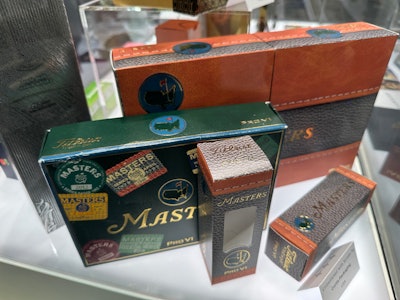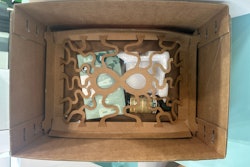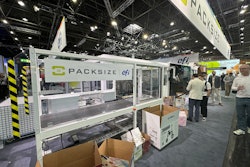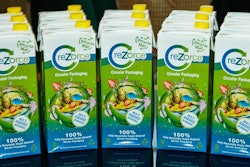
Reflective foil embellishment, proponents say, adds a luxurious, stand-out feel to a package’s on-shelf appearance. That’s why it’s especially common in prestige brand packaging that make cosmetics, spirits, and lifestyle products—it’s an arms race in those categories, and these design elements can set a product apart. But design notes that catch consumers’ attention don’t have to compete against other factors weighing on brand packaging decisions that are now deemed essential to brands, namely speed-to-market, cost, and most recently, sustainability and personalization.
Digital printing made personalization, mass customization, and variable data a more cost-effective prospect at its inception, and it continues to improve. But brand sustainability goals are an even newer phenomenon. It’s relatively easy to print beautifully on coated paper or other substrates optimized to take ink and embellishment. Printing on kraft, PCR, or recycled substrates is comparatively difficult. But that’s not necessarily so on a certain kind high-def digital printing of foil embellishments.
That’s according to April Lytle, brand manager, innovation for Scodix, at drupa today. She pointed to one “completely new” and particularly prestigious project, produced by converter and packaging supplier Curtis Packaging for the ubiquitous golf ball manufacturer and brand Titleist at the Master’s.
Using Scodix embellishment, Curtis in 2023 designed personalized, bespoke golf ball cartons for Titleist aimed at a relatively small but distinguished cadre of Master’s Tournament competitors. This year, that project expanded to custom, digitally foil embellished cartons for the entire tournament.
The first iteration of the Titleist cartons was done on a Smart High Definition (SHD) Scodix machine. Curtis Packaging was one of the first converters to invest in an SDH press—they have a 6000, displayed at the booth is a 6500, also with SDH.
“What that means is we were able to get smaller lines, finer text, and [the end user is able] to create embellishments that met the packaging quality that brands expected. So [Titleist at the Master’s] was our launch, and that’s what became one of our first projects on SGH,” Lytle said.
Despite being pretty nifty, the scale of the Titleist project was small enough to be a drop in the bucket, environmentally speaking, compared to Fast Moving Consumer Goods (FMCGs) cartons being sold in the billions. But Titleist isn’t the only project using the Scodix digital embellishment technique—cosmetics and many other true FMCGs are using it too. That’s why Lytle says Scodix looked deeper at its own method’s sustainability profile.
“We put some work into testing it,” Lytle recalled. “We went to Western Michigan University [an institution that produces a globally recognized recyclability standard] and tested sheets, using heavily decorated the sheets with up to 15% coverage. And our [digital embellishment decoration] had no effect on the recyclability of the sheet. We even had some people that went down on the line and watched it being sorted just to make sure that the decorated sheets were not inhibiting the recyclability process.”
“Also we had an LCA done just to make sure; to measure how efficient we were… We [looked at] traditional hot stamping, and at the Scodix method, same job, and had the LCA measure it for us. We found out in the end that we were 80% more efficient in terms of water use, 85% more efficient in carbon emissions, and 85% more efficient and energy saved. It was massive, we don't know that we were quite expecting that. But obviously we're very pleased with the results.” PW

























